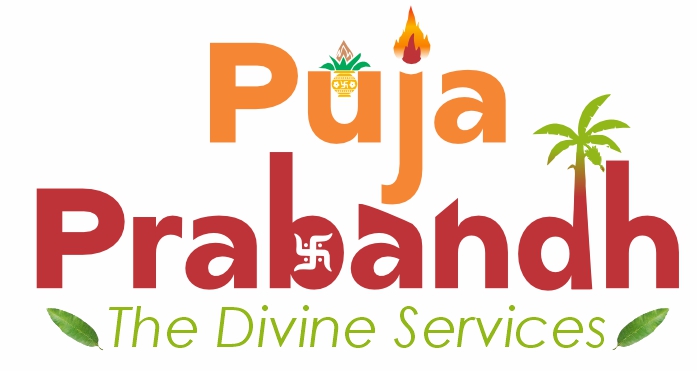
Makar Sankranti is a highly auspicious Hindu festival that celebrates the transition of the Sun (Surya) into the zodiac sign Makara (Capricorn). This transition marks the beginning of longer and warmer days, signaling the end of winter and the start of the harvest season.
It is one of the few Hindu festivals based on the solar calendar, and it usually falls on January 14th every year.
🌞 Spiritual Significance
Makar Sankranti is considered a time of spiritual purity and growth. It marks the Sun’s northward journey (Uttarayana) — an auspicious phase in Hindu belief. The festival is celebrated with gratitude for nature, prosperity, and good harvests.
🙏 Puja Rituals of Makar Sankranti
- Early Morning Bath: Devotees take a holy dip in sacred rivers like the Ganga, Yamuna, or Godavari. This ritual is believed to cleanse sins and bring spiritual merit.
- Surya Puja (Worship of the Sun God):
- Offer water (Arghya) to the rising sun while chanting Gayatri Mantra or Surya Mantras.
- Light a diya (lamp) with ghee and offer jaggery, sesame seeds (til), rice, and flowers.
- Many perform Surya Namaskar (sun salutations) as a form of prayer and gratitude.
- Charity (Daan): Donating til, jaggery, blankets, clothes, and food to the poor and Brahmins is considered very sacred on this day.
- Special Foods: Traditional dishes made from til (sesame) and gur (jaggery) are prepared and distributed. These symbolize warmth, friendship, and well-being.
🪁 Cultural Celebrations
- Kite flying is a major activity in states like Gujarat and Maharashtra.
- Known by different names across India:
- Pongal in Tamil Nadu
- Uttarayan in Gujarat
- Magh Bihu in Assam
- Lohri (celebrated a day before in Punjab)
🌼 Message of the Festival
Makar Sankranti teaches us to rise above negativity, share warmth and joy, and embrace spiritual upliftment. It is a celebration of light, positivity, and the rewards of hard work.

